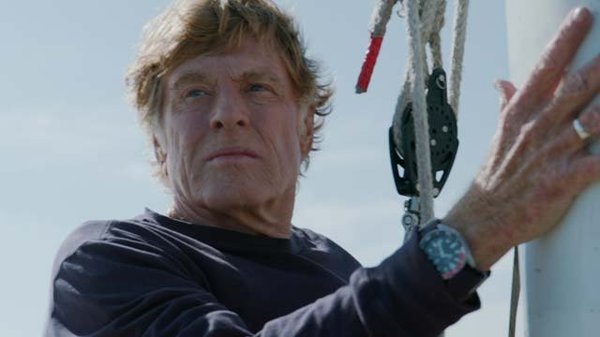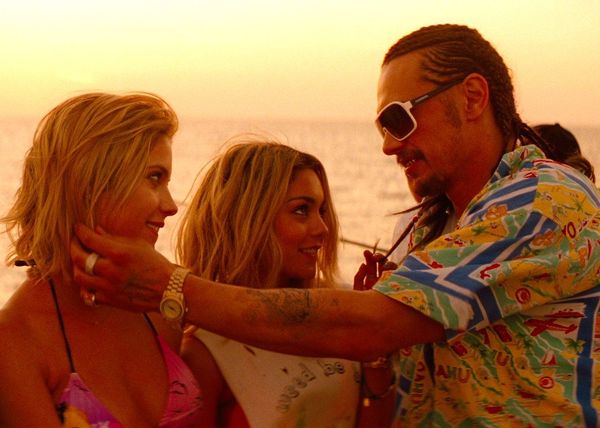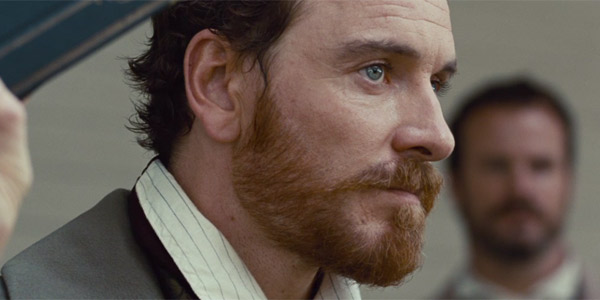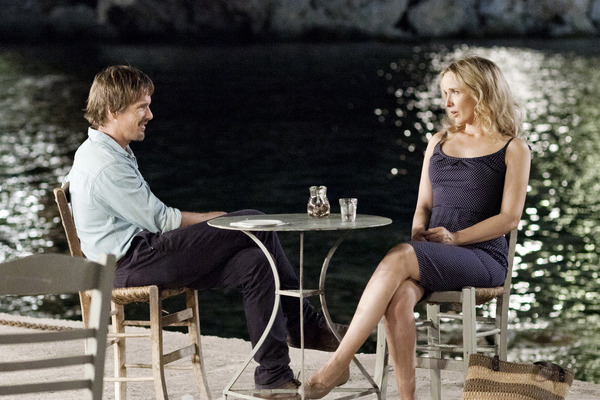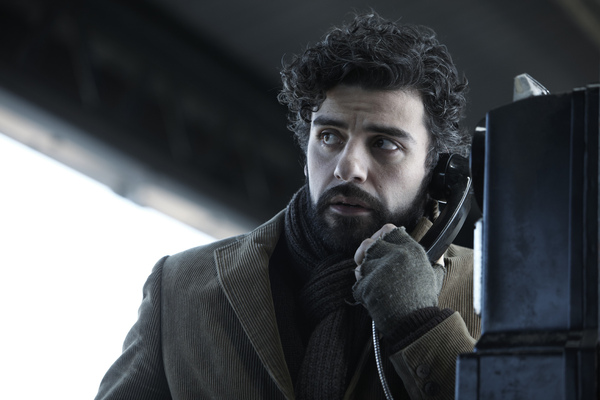The 25 Best Movie Performances of 2013
2013 was a great, if intensely unusual, year for film performances. For our #1 and #3 performers, it was actor’s first time playing the lead in a major film. For the two actors that share our #2 spot, it was their third time each just playing these two characters. Our #4 and #5 actors appear in supporting roles, an unusually high placement for that category of performance. Our #7 actor talks mostly to a computer, and our #6 actor says virtually nothing at all. Here are our favorite performances from a year to remember.
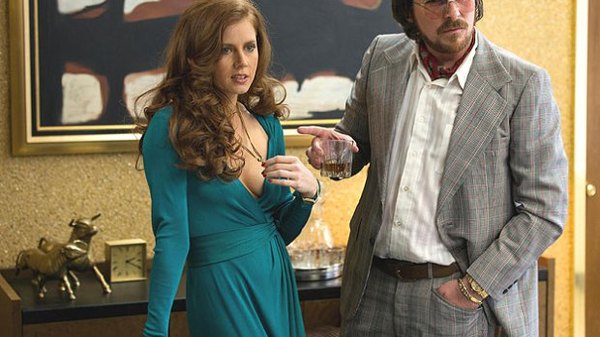
12. Amy Adams in American Hustle
We’ve seen Amy Adams effortlessly embody sunshine sweetness (Junebug), cold calculation (The Master), badass bartender (The Fighter) and Disney princess (Enchanted), but even that incredible range of roles couldn’t prepare us for the startlingly sexy social-climbing con artist she slips into for her second collaboration with director David O. Russell. Working with one of the year’s strongest ensemble casts, Adams keeps viewers guessing where her true loyalties lie in a juicy love triangle with Christian Bale’s smooth-talking married schlub and Bradley Cooper’s high-strung intensely ambitious FBI agent. Look beyond the fake British accent and cleavage-revealing dresses she dons as faux-aristocrat Edith Greensley and you’ll see Adams lay bare the soul beneath the con.—Geoff Berkshire (review here)

11. June Squibb in Nebraska
June Squibb first collaborated with director Alexander Payne on About Schmidt—she played Schmidt’s wife who dies early on—but she’s given a real platform with their second pairing. In Nebraska, she’s Kate Grant, the much-exasperated wife of Woody (Bruce Dern), whose endless foolishness has slowly sharpened her BS-detector over time. Nebraska can sometimes overdo its maudlin, wistful examination of family and mortality, but Squibb’s wonderfully grumpy performance keeps the film on its toes—just like Kate’s endlessly funny brusqueness keeps her mopey kin from tripping into despair.—Tim Grierson (review here)

10. Léa Seydoux in Blue Is the Warmest Color
Blue Is the Warmest Color focuses on Adèle Exarchopoulos’s main character Adèle, but this French romantic drama wouldn’t have its considerable power without superb supporting work from Léa Seydoux. As Emma, Seydoux is the embodiment of sophistication, confidence and beauty—we can understand why the younger, less sexually experienced Adèle would fall for her immediately. American audiences had previously known Seydoux from bit parts in Midnight in Paris and Mission: Impossible – Ghost Protocol, but Blue allowed her to demonstrate real range, playing Emma as not just a love interest but as an equally complicated, evolving woman who both enchants and intimidates Adèle.—Tim Grierson (review here)
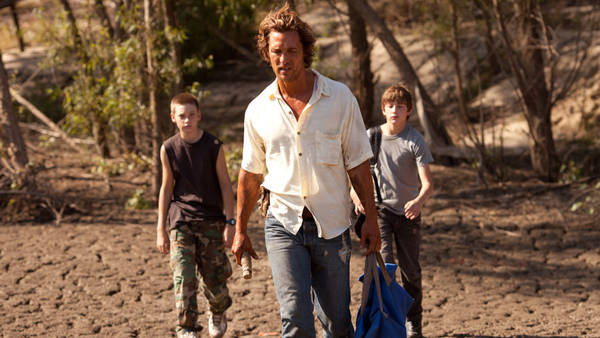
9. Matthew McConaughey in Mud
Every now and then, having personal contact with directors and actors yields some great inside information that can really illuminate a film or a performance. Knowing director Jeff Nichols a bit and having spent a little bit of time with actor Matthew McConaughey, let me give you a secret to unlocking McConaughey’s stunningly good peformance as the titular character in Mud—Jeff Nichols’ favorite actor, and one of McConaughey’s, is Paul Newman. And this is certainly a Newmanesque performance, hearkening back to an almost-lost ideal of manhood that Newman embodied. There’s no “alright alright alright” in this performance; Mud is a nearly broken man, and the little swagger he has seems desperate, not cocksure. We never quite know how much of the truth we’re getting from him, but the one shining beacon that is unassailable is his love for Reese Witherspoon’s Juniper. The lengths to which he’ll go to win her back are astounding, and make Mud feel less like a film and more like an epic American novel, Huck Finn meets The Great Gatsby. And McConaughey, though technically not the protagonist of the film, towers over it.—Michael Dunaway (review here)
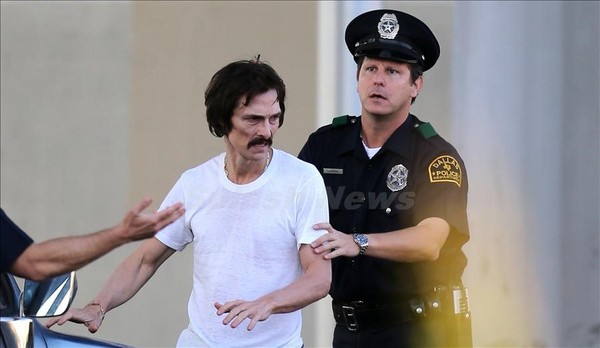
8. Matthew McConaughey in Dallas Buyers Club
When I first heard the conceit of Dallas Buyers Club—Matthew McConaughey loses weight, plays a resilient character with AIDS—I have to admit that my cynical side emerged. It sounded like pure Oscar bait, and I wasn’t sure McConaughey would have the chops to transcend his rom-com leading man sensibilities. I was doubtful, and I was wrong. Because in Ron Woodroof, Matthew McConaughey is a changed man, and not just bodily. He’s flinty and gaunt, with a new, earth-bound charisma that looks nothing like the two-dimensional debonair flash of his acting past. Woodroof operates with the hard cunning of a desperate survivor, and McConaughey disappears completely into the role, evincing the man’s irresistible rage and hunger for life in the face of the kind of corporate enemies who will kill you with a polite smile and a tepid apology. Woodroof is their opposite; every electron is humming, every vein is pulsing, every word is burning. It takes a force of nature to battle an institution, and in channeling this vitality, McConaughey transformed his entire career.—Shane Ryan (review here)
-

-

-

-

-

-

-

-

-

-

-

-

-

-

-

-

-

-

-

-

-

-

-

-

-

-

-

-

-

-

-

-

-

-

-

-

-

-

-

-


